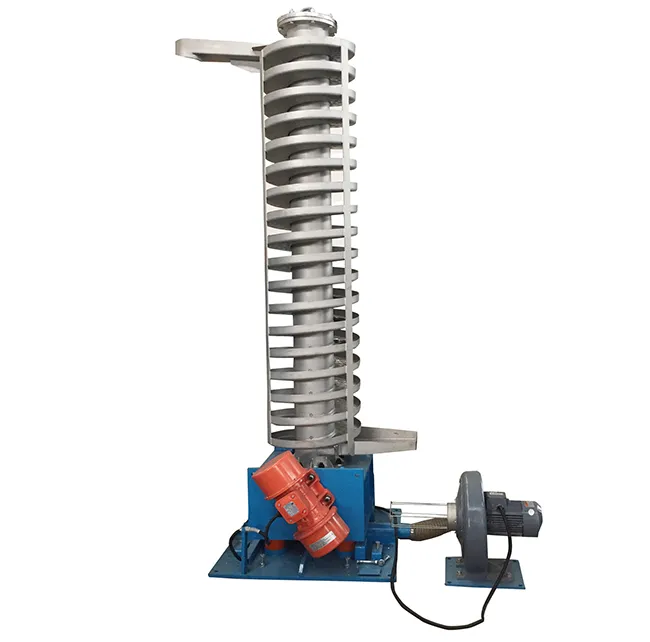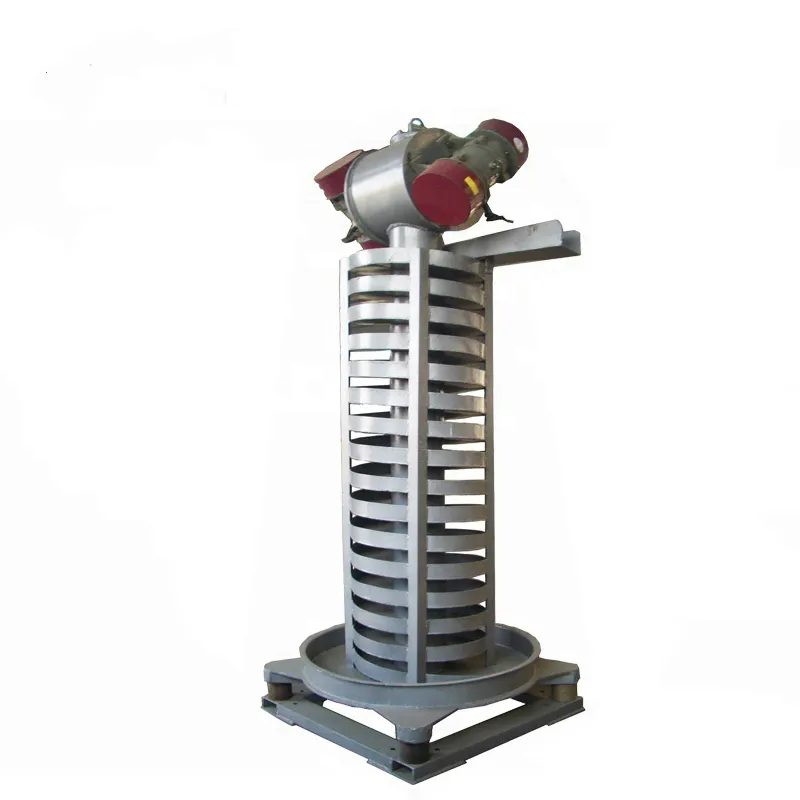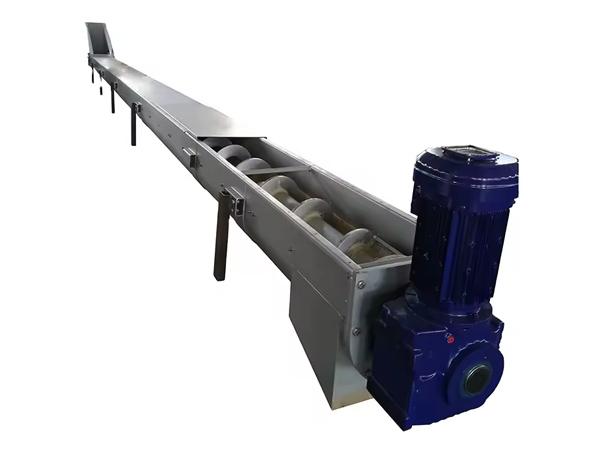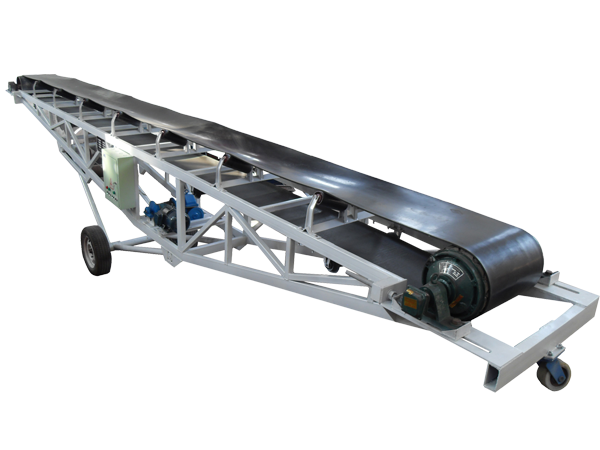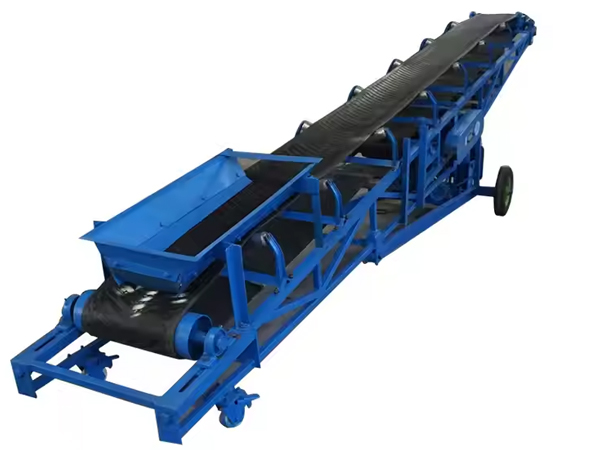What is a Small household hose suction machine
Friday June-20 2025 17:48:45
A small household hose grain suction machine is a portable conveying equipment designed for farmers, farms, or small grain operation sites. It is mainly used to suck and transport granular grains such as corn, wheat, soybeans, and rice. It works through a soft conveying pipe and an electric fan or a spiral conveying device to suck and transport bulk grains from the ground, granary, or storage bag to a designated location, such as a grain storage barrel, a carriage, or an upper warehouse.
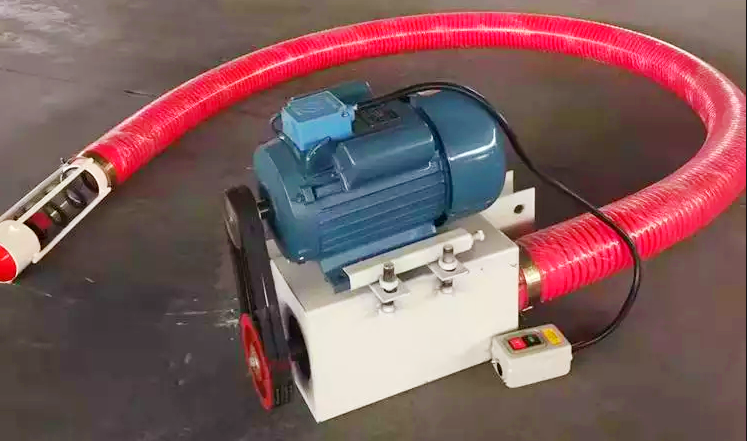
The difference between a small household hose grain suction machine and a small stainless steel suction machine and a vehicle-mounted hose suction machine
Small household hose suction machine: usually uses high-strength beef tendon pipes (PVC or polyurethane) as conveying pipes, with spring steel spiral blades, which are wear-resistant and cold-resistant. Most of them are 220V single-phase electricity, with a power of 1.5-3kW, and some support 380V three-phase electricity, which is suitable for household power supply. 3-10 tons per hour, conveying distance 3-20 meters, height 4-8 meters.
Mainly designed for individual farmers, used for loading, stacking and warehousing of small-scale grain (such as wheat, corn, rice), suitable for families or small farms.
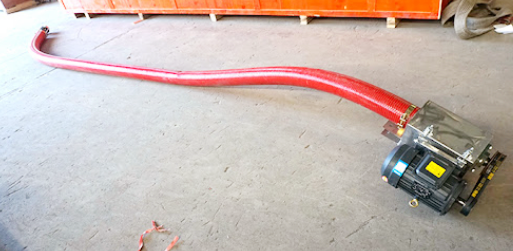
The conveying pipeline and main components of small stainless steel grain suckers are made of stainless steel (such as 304 or 316), usually 220V or 380V motor, power 2-5kW, 5-15 tons per hour, conveying distance up to 10-30 meters, height 6-10 meters, suitable for occasions requiring high hygiene standards, such as food processing plants, feed plants or conveying chemical particles.
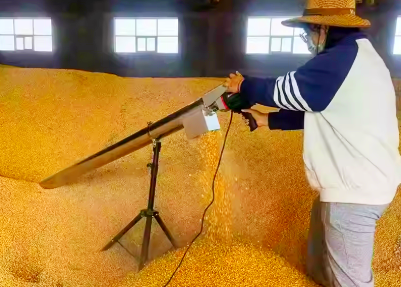
Car-mounted hose grain sucker: mostly use cow tendon pipes or thickened PVC pipes, some high-end models may partially use metal pipes. Usually equipped with gasoline engine, diesel engine or car power supply (12V/24V), power 3-7kW, suitable for field operations without fixed power supply. 10-30 tons per hour, conveying distance 15-35 meters, height 8-12 meters.
Designed for mobile grain collection, it is suitable for grain buyers or agricultural cooperatives to operate in a large area, suitable for outdoor and rural powerless environments, and has high loading efficiency.
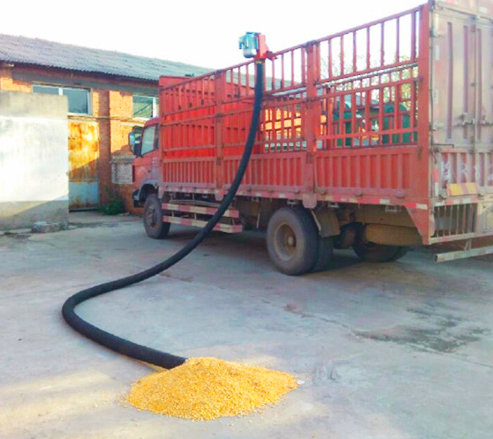
What are the disadvantages of small household hose grain suction machines?
In the process of grain transportation, common problems include low manual loading and unloading efficiency, high dust during transportation, easy grain scattering and loss, difficulty in adapting to different stacking scenes, and pipeline blockage. For rural households, small farms and other use scenarios, these problems not only affect daily operation efficiency, but may also cause grain waste, increase labor costs, and even bring safety hazards, especially during loading, going upstairs or transferring warehouses.
Small household hose grain suction machines effectively solve these problems with flexible hose structures and portable motor drive methods. The equipment is small in size and light in weight, suitable for single-person operation, and can flexibly go deep into the bottom of the grain pile to suck grain to avoid loss caused by repeated handling of grain; its transportation process adopts a closed hose structure to reduce dust pollution; at the same time, most models are equipped with anti-blocking devices and suction adjustment functions, which can adapt to different grain varieties and humidity conditions, and improve the continuity and stability of transportation.
Technical parameters of small household hose grain sucker
|
Model |
Conveying pipe diameter (mm) |
Conveying length (m) |
Conveying height (m) |
Conveying capacity (kg/h) |
Motor power (kW) |
Power supply |
Applicable materials |
|
SGA-75 |
75 |
3–10 |
≤4 |
800–1500 |
1.5–2.2 |
220V |
Corn, wheat, rice, etc. |
|
SGA-100 |
100 |
3–15 |
≤5 |
1500–3000 |
2.2–3.0 |
220V/380V |
Corn, wheat, feed, etc. |
|
SGA- 125 |
125 |
3–20 |
≤6 |
2000–4000 |
3.0–4.0 |
380V |
Grain, granules, beans, etc. |
|
SGA-150 |
150 |
5–25 |
≤7 |
3000–6000 |
4.0–5.5 |
380V |
Suitable for large-flow grain suction occasions |
What can a small household hose grain suction machine be used for?

In terms of household grain storage, a small household hose grain suction machine can directly suck grain scattered on the ground into a granary, a tile jar, a woven bag, or even an elevated storage box, eliminating the hard work of manual handling. Similarly, when it is necessary to take grain out of a high or deep container, such as feeding livestock or preparing rice and flour milling, the grain suction machine can also easily extract grain from the granary and directly transport it to the processing equipment or vehicle, avoiding the trouble of manual digging and handling.
During the grain drying process, many families will spread the grain in the yard or on the roof. When the grain needs to be collected after drying, the grain sucker can quickly suck up the scattered grain and bag it for storage, which can also reduce the risk of grain mixing with sand or impurities. For families with small-scale breeding, the hose grain sucker can be used to pack large bags or bulk feed into small bags for daily use. A more direct application is that it can suck feed directly from the storage area into the livestock trough, especially for some elevated troughs or livestock scattered in different areas.
What is the service life of a small household hose grain sucker?
The service life of a small household hose grain sucker is affected by many factors, usually ranging from 3 to 8 years.

The normal life of the hose (beef tendon tube/rubber tube) is 3-5 years. High-quality beef tendon tubes are wear-resistant and aging-resistant, and have a longer life; inferior rubber tubes are prone to cracking and hardening. Frequent suction of sharp particles (such as corn, soybeans) or high-hardness materials will accelerate the wear of the inner wall.
The normal life of the spiral auger (manganese steel/ordinary steel) is 5-8 years. Manganese steel auger has strong wear resistance, while ordinary steel is easy to deform or break. Overload suction (such as forced suction of wet and agglomerated grains) will aggravate the wear of the auger and even cause overheating and damage to the motor.
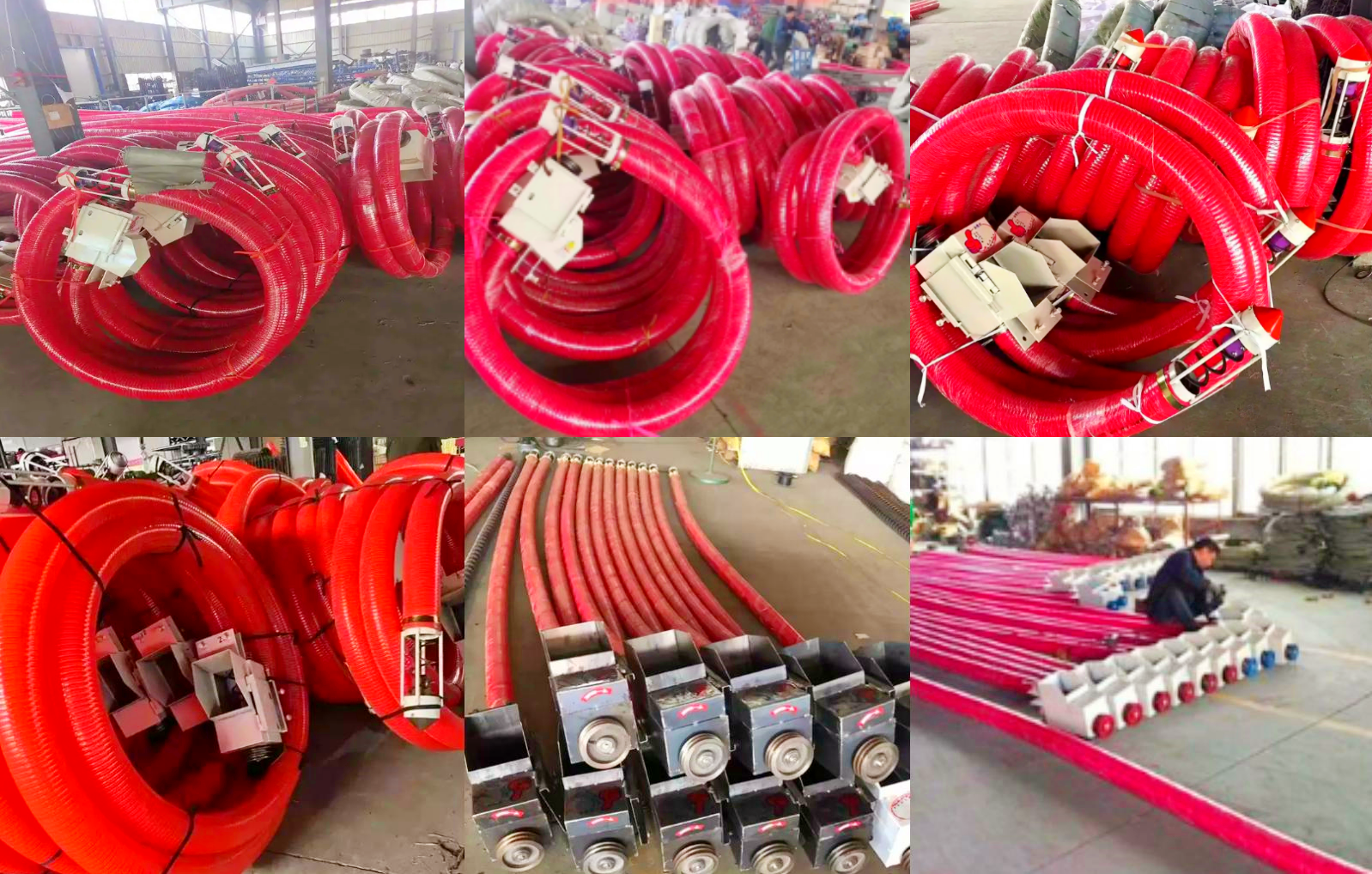
In general, the small household hose grain suction machine solves the various physical, efficiency and hygiene problems encountered by household users in the processing of grain and other granular materials through its portability, ease of operation and efficient conveying capacity, making these originally tedious tasks easy and labor-saving.
